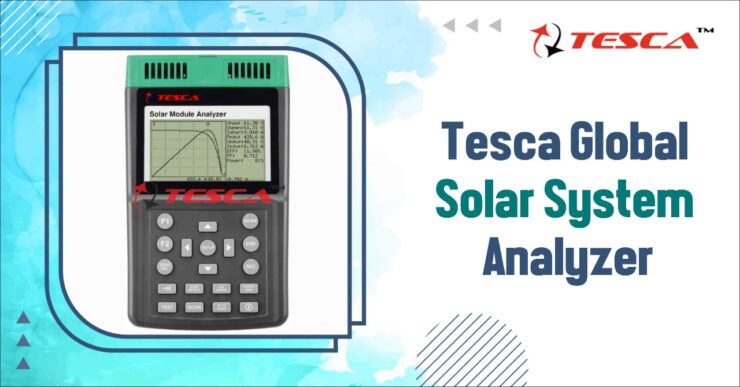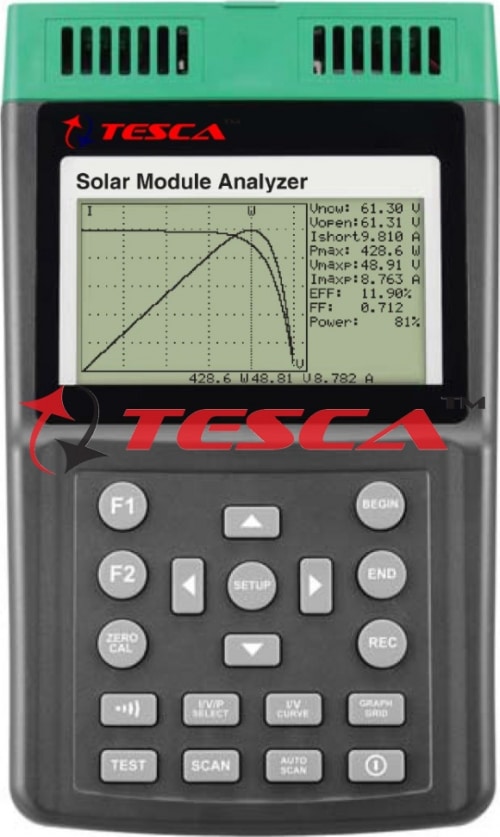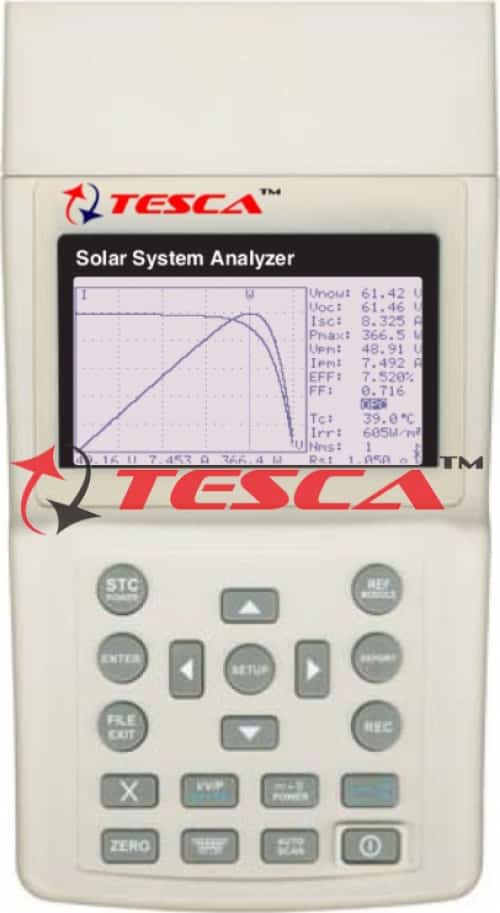Table of Contents
In the era of development, there are a lot of high-end devices that are developing day by day. But to know whether the device is working efficiently or not, there needs a device that can help detect the machinery.
One such device is a Solar System Analyzer. If you are not aware of the device, let’s know about it here:
What is the Solar System Analyzer, Their Uses, Components, and Price?
A Solar System Analyzer is a valuable tool for measuring solar panels’ Irradiance and Temperature. Solar panel irradiance and temperature are essential elements of solar power systems.
These values are required to analyze the performance of solar panels to determine if the system is performing as expected. A few years ago, this was not possible without expensive tools that have now become obsolete.
Solar System Analyzer is a simple tool with all the necessary features to measure these values at almost zero cost while being easy to use. It helps determine whether the module works correctly and how one can improve it.
The Analyzer’s output shows the temperature, irradiance, power production, etc., and it also allows comparing these results with other modules in a similar climate.
It consists of a pyranometer, which measures irradiance, and a thermopile sensor, which measures temperature. The storage of these sensors’ data is available in a microprocessor-based system control unit (SCU).
It measures the irradiance and temperature of the solar panels so that one can easily optimize them. It helps in measuring the performance of your solar panel and its components.
What Are the Uses of Solar System Analyzer?
- It measures the performance of solar panels and can help you choose the right one for your needs.
- It is a tool that allows finding the output power, irradiance, cell temperature, and panel temperature of photovoltaic modules that connect the device.
- It also provides an average value of the module parameters over time and real-time monitoring with data logging capabilities.
- It makes it easy to determine the best orientation and tilt angles for maximizing the energy generation of your solar system.
- This tool will help design a layout, get information about any position in the location, determine the best angle for a particular panel, and thus make an informed decision about what type of solar power system one needs to install.
- It also calculates the time for a given irradiance to reach or exceed a specified temperature and a given temperature to match or exceed a specified irradiance. This makes it an essential tool for designing solar systems.
Read Also: What is Solar Energy and How Does Solar Energy Work?
Working Principle of Solar System Analyzer:
The working principle of a Solar System Analyzer is based on an innovative photodetector and a unique measurement technique. It has a high-resolution optical system making it possible to measure the spectral response of a photovoltaic cell or module in detail.
- The photodetector employs a particular structure, called Bi-directional Structure (BIS), which allows the detector to combine the light collection efficiency of the classical structures with a new concept of multiple intrinsic layers that can split part of the incoming light into two or more signals.
- This means that the device can analyze the spectral components in one direction and those in another. It can quickly and accurately diagnose the characteristics of PV systems, such as performance, component parameters, etc. With the complete set of test instruments, it is convenient to use in the testing site with high accuracy.
Read Also: Power Electronics Training System
Components of Solar System Analyzer:
When it comes to the components of Solar System Analyzers, then these devices usually have two main parts: Sunlight Simulator and Temperature Sensor.
- The sunlight simulator can simulate various types of solar light, such as AM1.5, AM2.5, and AM10.
- The temperature sensor measures the surface temperature of the solar panel.
- It includes USB cables, a thermometer, AC Adaptor, Testing clips, and a DC probe.
- The device also comprises a Sensor Board and Power Supply Board integrated with communication capability. Thus one can use a single-chassis instrument to measure temperatures and irradiance values from various sensors.
Solar System Analyzer Setup:
The device is an open-source thermal and optical system that measures the temperature of solar panels and the irradiance (sunlight) they are exposed to.
- It features two parts: 1) a temperature sensor which measures the temperature of an object (solar panel), and 2) an irradiance sensor which measures the amount of light falling on an object (solar panel).
- We can use this data to determine power output, efficiency, and degradation over time. One must connect the Analyzer to power by combining it with USB cables. We need to set up Testing clips, AC adapter, Optical USB cable, Thermometer, Solar Irradiance Metre, and other parts to operate the device.
Solar System Analyzer Price:
Several manufacturers offer different types of Solar System Analysers. The price of a solar system analyzer can vary depending on its features, and some solar system analyzers may cost between INR 2.5 lakh to INR 4 lakh.
Tesca Global Solar System Analyzer:
As we scroll through the internet, several manufacturers of Solar System Analyzer are available in the market.
But if we consider reliability, the Solar System Analyzer from Tesca Global is the perfect tool for anyone interested in learning about our solar panels.
The central objective of the device is to determine the performance of solar panels in a given environment.
Some specifications of Solar System Analyzers offered by Tesca Global are:
- It is helpful to monitor and evaluate solar panels’ different parameters such as voltage, current, power, temperature, etc. It has an inbuilt database that stores information about different panels and gives real-time data about temperature, irradiance, and other details.
- This easy-to-use setup consists of two sensors: one measures the sun’s irradiance, while another measures the panel’s temperature.
- It also has a feature that can help you decide what angle to mount your solar panel to produce the maximum power output.
- Tesca’s Solar System Analyzer comes with a remote solar detector that is moisture-proof so that it won’t be affected by inclement weather.
- The Solar System Analyzer will wait and test until an appropriate amount of sunlight is detected, thanks to its intelligently designed test-logic controls.
- Tesca also makes it easy for users to calculate solar panel efficiency via their system analyzer’s handy (%) calculator.
- One can take Temperature measurements during testing to ensure that any heat increase is monitored alongside several other vital data regarding your panels or complete solar setup!
Tesca Globals’ Solar System Analyzers are perfect for any workspace. Before you purchase one, take a moment to evaluate your needs and goals for these devices.
With that being said, it’s also true that Tesca Global offers the best solar system analyzer, unlike any other on the market today. This device is easy enough for anyone to use and has several features that make it convenient when performing your various tasks.
So order your very own tool here and test its exceptional quality today!








Add comment